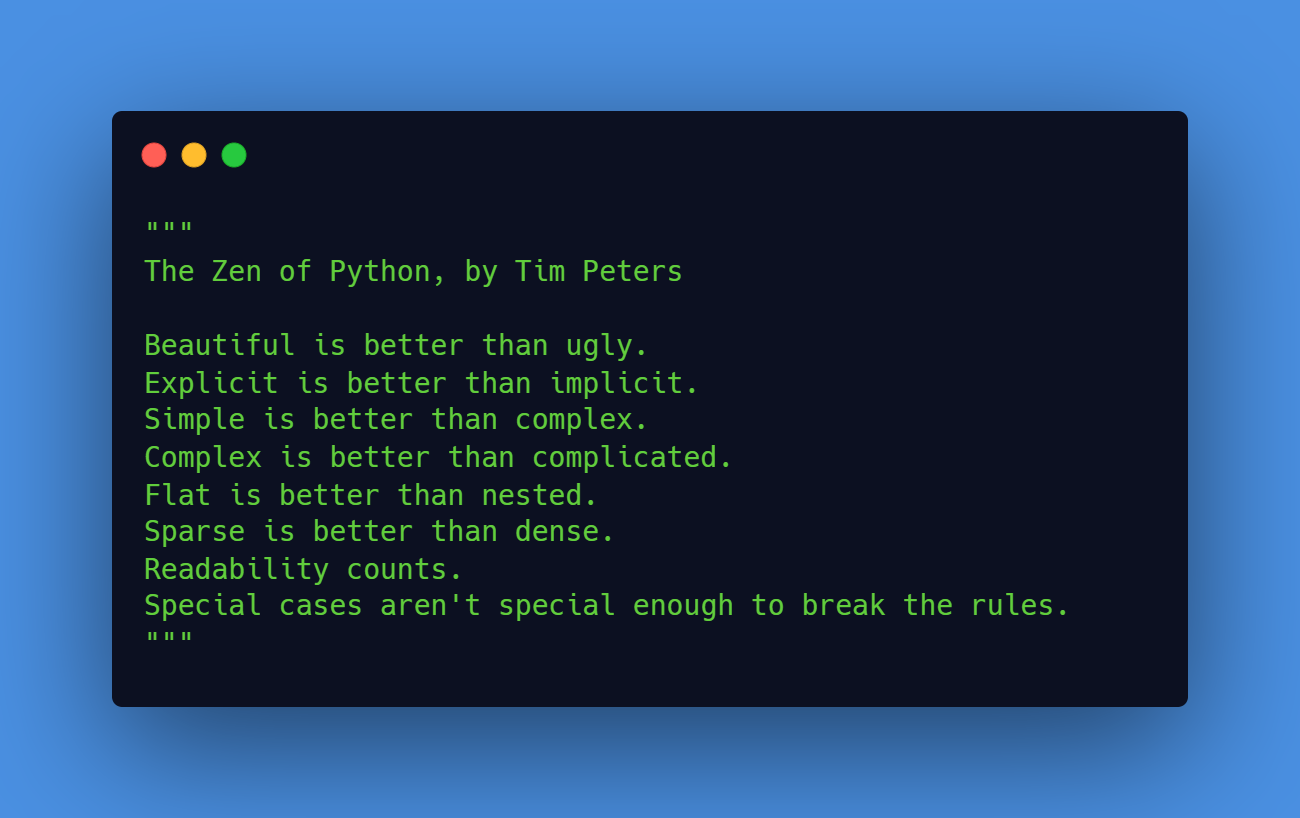In JavaScript, you can change the background color of an element by setting its style.backgroundColor property.
For example, if you have a div element with the id myDiv, you can change its background color like this:
document.getElementById('myDiv').style.backgroundColor = '#ffffff';
Code language: JavaScript (javascript)This will set the background color of the div to white. You can replace '#ffffff' with any other valid CSS color value to set the background color to a different color.
Once the element has been selected, you can use the style property to access its inline styles and set the backgroundColor property to the desired color value.
In order to change the background color of an element with JavaScript, the element must first be selected. This is typically done using one of the DOM element selection methods, such as document.getElementById() or document.querySelector().
If you want to change the background of the body you can do this:
document.body.style.backgroundColor = '#000';Code language: JavaScript (javascript)It’s also possible to set multiple CSS properties at once by setting the style property to a CSS rule set. For example:
document.getElementById('myDiv').style = 'background-color: #ffffff; color: #000000; font-size: 16px;';
Code language: JavaScript (javascript)This will set the background color of the div to white, the text color to black, and the font size to 16 pixels.
Transition Background Color in JavaScript
You can use CSS3 transition to smoothly animate the background color change.
Here is an example showing how to smoothly change the body background-color to black:
document.body.style.transition = 'background-color 1s ease-in-out';
document.body.style.backgroundColor = '#000;Code language: JavaScript (javascript)Using CSS
It’s also worth mentioning that while using inline styles is a quick and easy way to change the appearance of an element, it is generally considered better practice to use CSS classes and stylesheets to control the styling of your page.
This separates the styling from the HTML and JavaScript, making your code easier to maintain and understand.
To use CSS stylesheets, you can include a link element in the head section of your HTML document that points to your stylesheet, and then use class or id attributes on your HTML elements to apply the styles.
For example, you might have a stylesheet like this:
.highlight {
background-color: #ffc800;
}
Code language: CSS (css)Then, in your HTML, you could apply the highlight class to the div element like this:
<div id="myDiv" class="highlight">...</div>
Code language: HTML, XML (xml)And then, in your JavaScript, you can add or remove the highlight class to change the element’s styling without modifying its inline styles.
To do this, you can use JavaScript’s classList property, which is available on all elements. For example, to add the highlight class to an element, you can use the following code:
element.classList.add('highlight');
Code language: JavaScript (javascript)To remove the highlight class, you can use the following code:
element.classList.remove('highlight');
Code language: JavaScript (javascript)Alternatively, you can use the toggle method to add the class if it’s not present, or remove it if it is:
element.classList.toggle('highlight');
Code language: JavaScript (javascript)These methods allow you to easily add or remove classes from elements without having to worry about modifying the element’s inline styles. This can be useful for creating dynamic and interactive user interfaces.

Leave a Reply